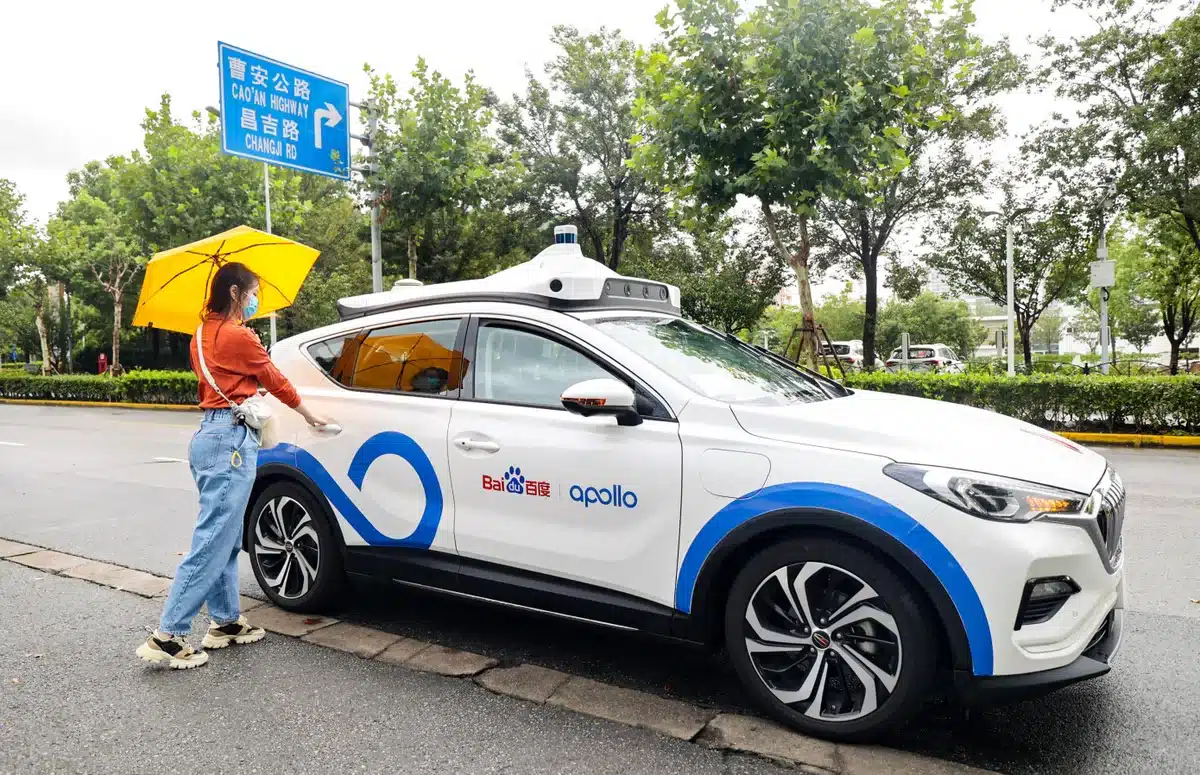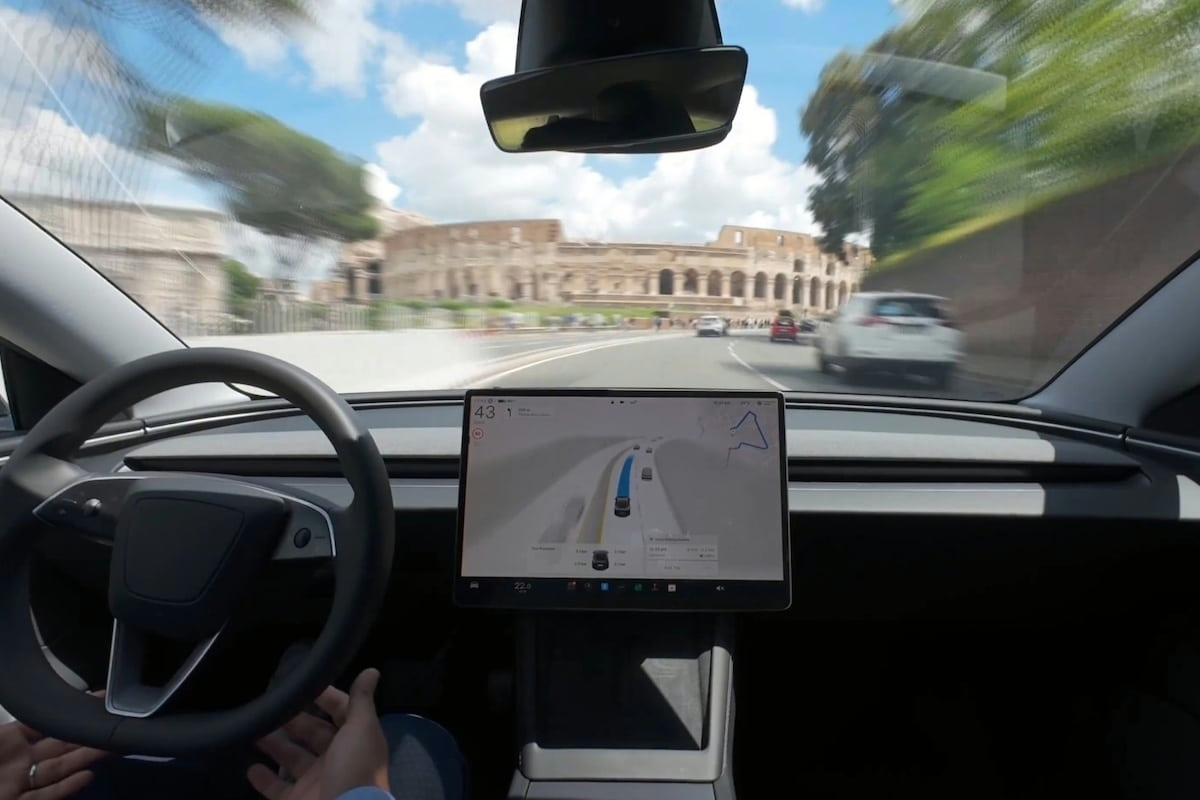A fleet of autonomous taxis begins operation in Beijing

Baidu received the first license to test autonomous taxis without a safety operator aboard in Beijing.
By obtaining Beijing’s first license to test autonomous taxis, Baidu takes another step towards providing a fully driverless ride-sharing service. A total of 10 self-driving test vehicles will operate within a 20-square-kilometer area in Beijing Yizhuang. With the start of testing in Beijing, Baidu’s fully autonomous fleet’s combined operational and testing area now covers over 100 square kilometers in China.
Autonomous taxis account for 1.4 million trips in the last quarter
Baidu combines a mix of cameras, radars, and third-party lidars to help its vehicles see better in low-visibility conditions. Unlike the solution based on Tesla’s vision. In August, Baidu began offering fully driverless robotaxi rides. In the third quarter, Apollo Go, the company’s robotaxi app, completed over 474,000 trips. This represents a 311% increase compared to the previous year. In total, Apollo Go exceeded 1.4 million orders in the third quarter.
This seems to be a potentially significant revenue source for Baidu. But these figures should be taken with a grain of salt. To inflate performance numbers, Chinese autonomous taxi operators often encourage the public to ride in their vehicles by offering benefits. It is also difficult to determine who the newcomers in the robotaxi sector are. Their expansion depends on their relationship with the city where they operate. Major cities often have the power to adopt certain local legislations.
The autonomous driving sector is one of the few areas within the broader internet industry that still has significant growth potential. It enjoys strong support from local authorities across the country. For example, Wuhan is one of the first cities in the country to allow autonomous taxis to operate in the city. Now, the city seems comfortable with driverless cars, which are even expected to operate during nighttime with low visibility.
Also read: Hydrogen autonomous train on the rails
This page is translated from the original post "Une flotte de taxis autonomes débute à Pékin" in French.
We also suggestthese articles:
Also read






